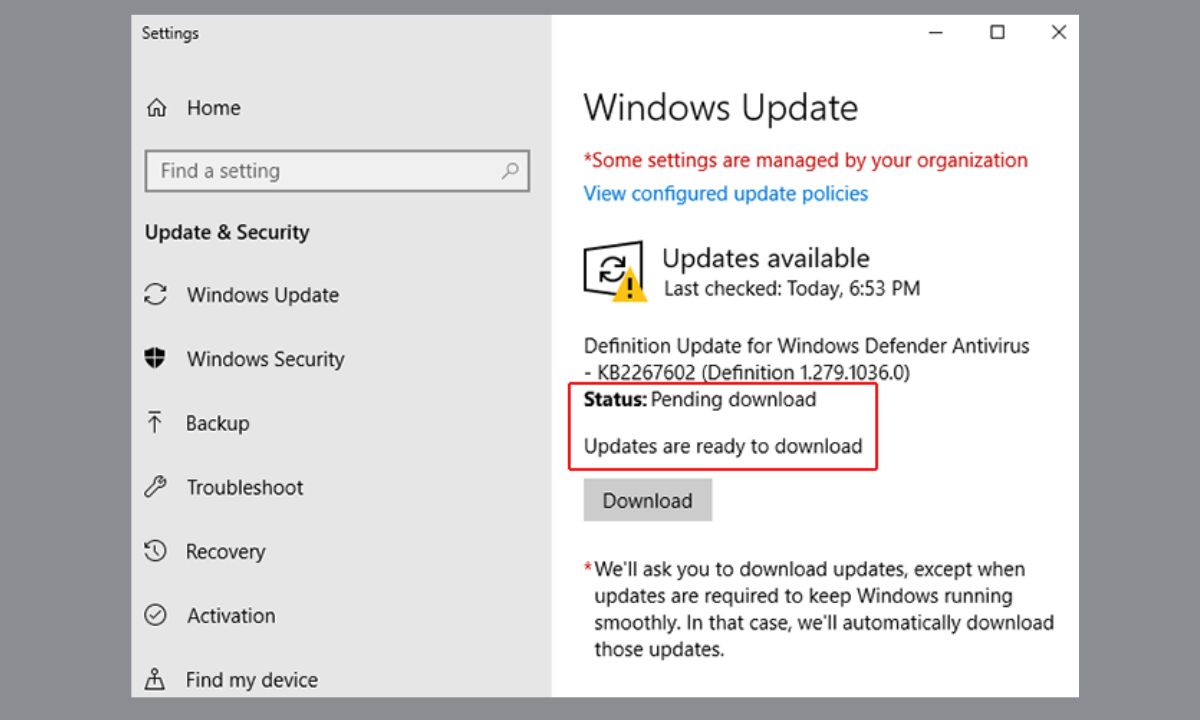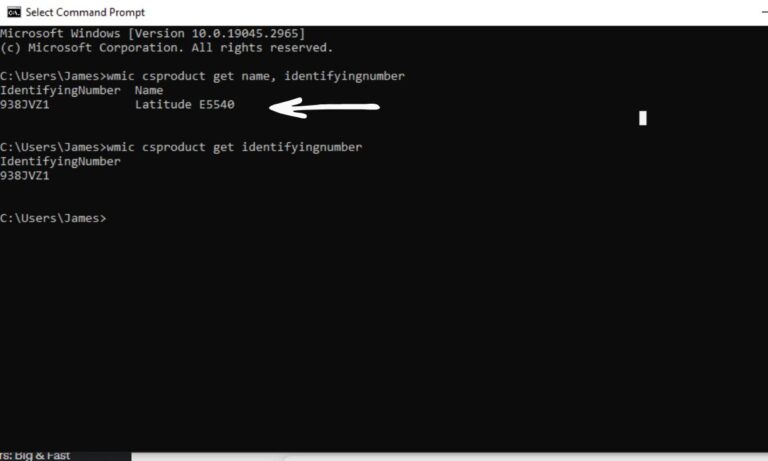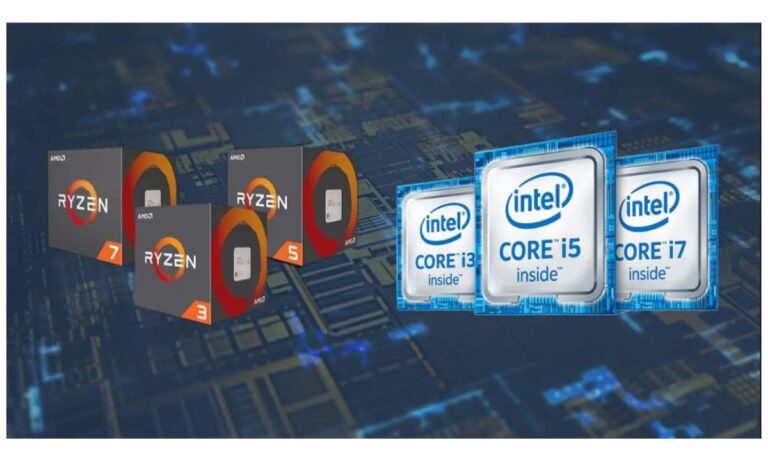How To Stop Laptop From Updating Automatically?
As essential as software updates are to the smooth operation and security of our laptops, it can be quite frustrating when an unexpected automatic update interrupts your workflow. This article…
As essential as software updates are to the smooth operation and security of our laptops, it can be quite frustrating when an unexpected automatic update interrupts your workflow. This article will guide you on how to stop your laptop from updating automatically. We’ll be focusing primarily on Windows 10 and macOS devices.
Follow these Steps and Stop Laptop From Updating Automatically
Go to “Computer Configuration” > “Administrative Templates” > “Windows Components” > “Windows Update“. Double-click “Configure Automatic Updates“. Select “Disabled” in Configured Automatic Updates on the left, and click Apply and “OK” to disable the Windows automatic update feature.
The Importance and Implications of Software Updates
Software updates serve multiple purposes: they patch security vulnerabilities, fix bugs, and occasionally introduce new features. Regularly updating your laptop ensures that you’re protected from the latest known threats and that your device performs optimally.
Despite the obvious benefits, automatic updates can cause minor inconveniences or even significant disruptions. For example, updates often require a system restart, which could interrupt an important work task. In some instances, an update might cause software compatibility issues, affecting your productivity until the issue is resolved.
Having control over when updates happen can prevent such disruptions. However, it’s crucial to remember that you should regularly manually install updates if you disable automatic ones to keep your laptop secure and functioning well.
Managing Automatic Updates in Windows 10
Windows 10 comes with robust update management settings. It allows users to control when and how updates occur. Here’s how to disable automatic updates on a Windows 10 device:
- Access the Settings: Click on the Start menu and select the gear icon to open the Settings menu.
- Navigate to Update & Security: In the Settings menu, select the “Update & Security” option.
- Advanced Options: In the Windows Update section, you will find an option labeled “Advanced options”. Click on it to proceed.
- Pause Updates: The Advanced Options menu gives you several options to control the update process. The “Pause updates” section allows you to stop updates from being installed for a certain number of days.
- Set Active Hours: Another handy feature is the ability to set ‘Active hours’. Windows will avoid restarting your laptop to finish updates during these hours, minimizing disruption to your work.
Managing Automatic Updates on macOS
Just like with Windows, Apple allows macOS users to have control over their update settings. To disable automatic updates on macOS, follow these steps:
- Access System Preferences: Click on the Apple menu in the upper left corner of your screen and select “System Preferences.”
- Navigate to Software Update: In the System Preferences window, click on “Software Update.”
- Disable Automatic Updates: You’ll see an option that says “Automatically keep my Mac up to date.” Uncheck this box to disable automatic updates.
- Advanced Update Settings: Clicking the “Advanced” button will open a menu that allows you to choose which updates you want your Mac to install automatically. You can select or deselect updates for macOS, app updates from the App Store, system data files, and security updates.
Remember that Apple occasionally releases important security patches and software updates, so it’s essential to check for updates manually if you’ve disabled the automatic ones.
The Imperative of Manual Updates
Turning off automatic updates gives you control over when they happen, reducing the chance of unwanted interruptions. However, it also means that the responsibility of maintaining an up-to-date system falls on you. Regularly checking for and installing updates is crucial to keeping your laptop secure and running well.
Consider setting reminders for yourself to check for updates or schedule a specific time each week for this task. This habit will help ensure that you don’t forget to update your laptop.
Automatic software updates, while crucial for security and performance, can sometimes disrupt your workflow. Learning how to manage these updates on your laptop provides greater control over your device’s operation, allowing you to schedule updates for when they are least likely to be disruptive.
However, with this control comes responsibility. If you disable automatic updates, it’s essential to remember to manually install them regularly to keep your laptop secure and running smoothly. Be sure to check out our other resources at Techland Review to optimize your laptop’s performance and extend its lifespan.







